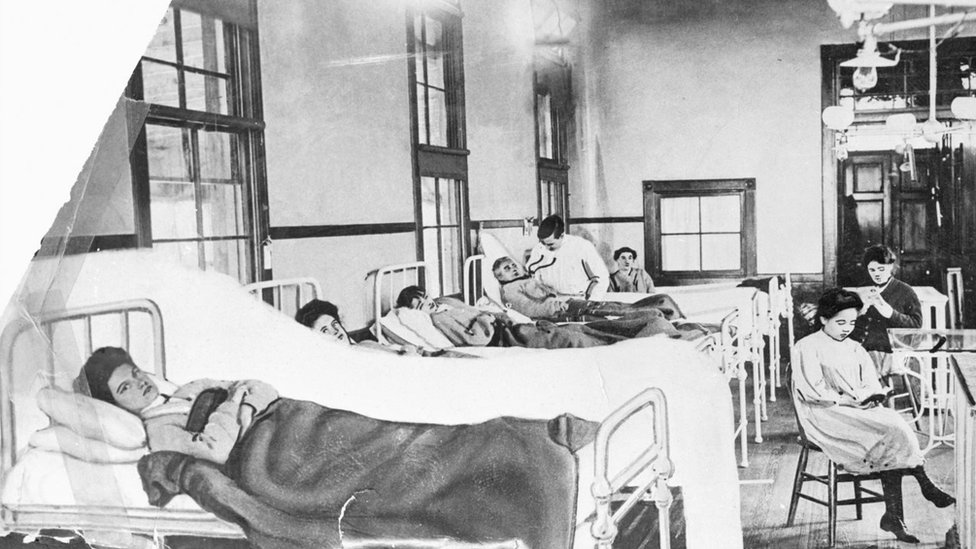Dorset
Dorset is a county in southwest England. It covers an area of 2,653 acres. Modern-day Dorset includes the towns of Bournemouth, Christchurch, and Dorchester. The ultimately unsuccessful Monmouth Rebellion began in Dorset, and two Dorset harbors served as embarking points for the invasion of Normandy in World War II. It is also the birthplace of Thomas Hardy, whose fictional county of “Wessex” included Dorset.
Coordinates
Latitude: 50.802232092580
Longitude: -2.321609258215
Longitude: -2.321609258215




